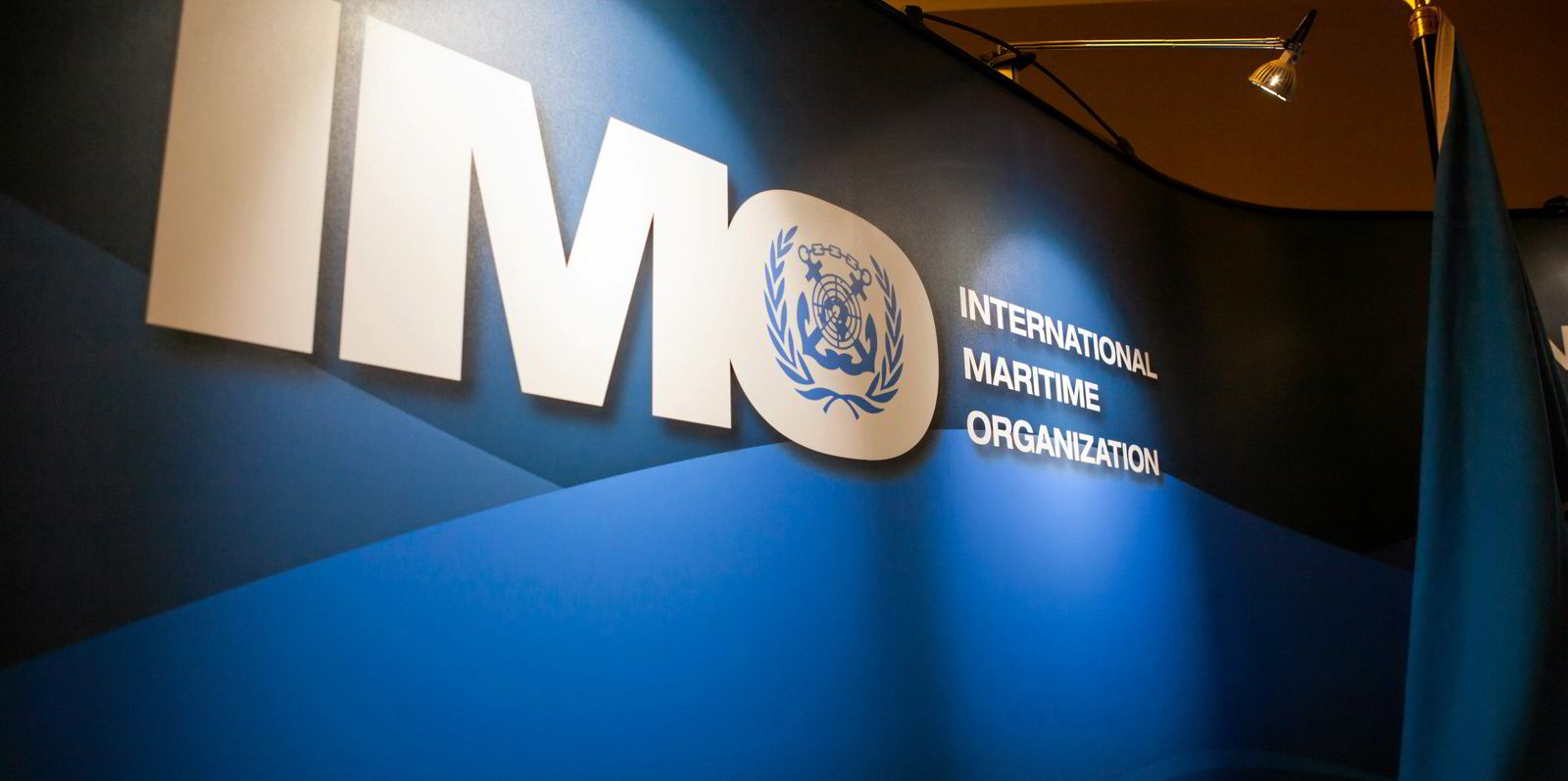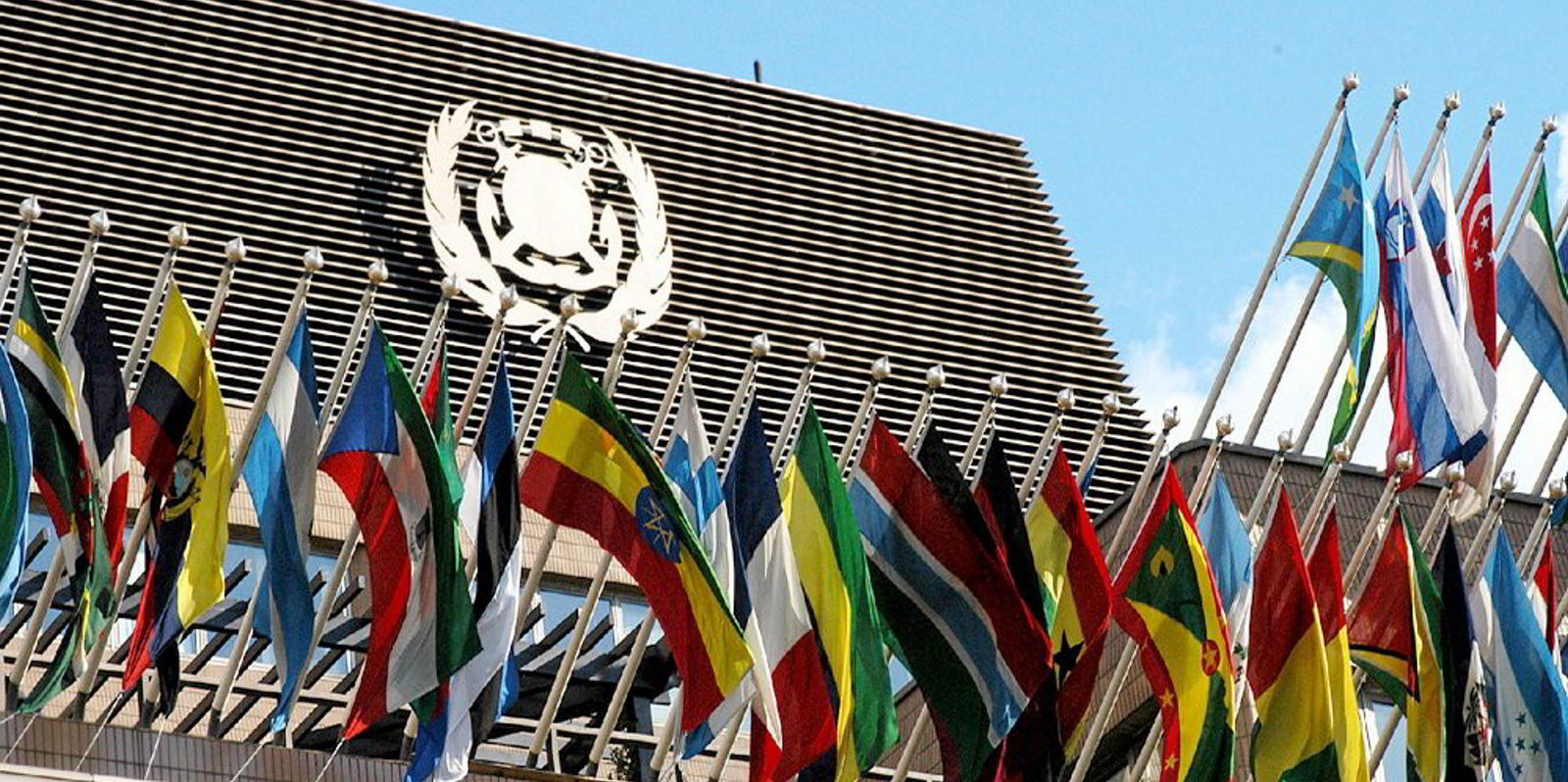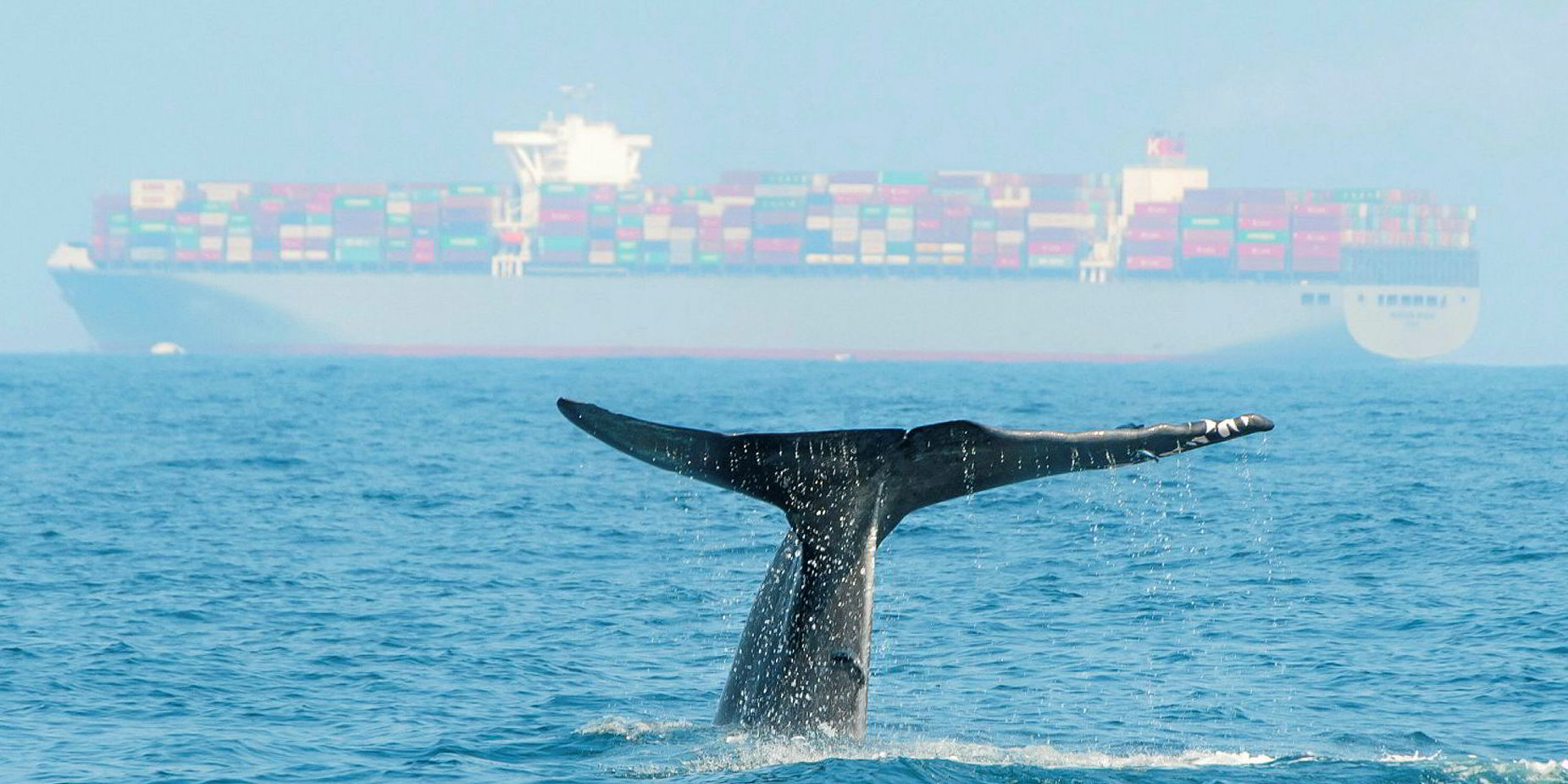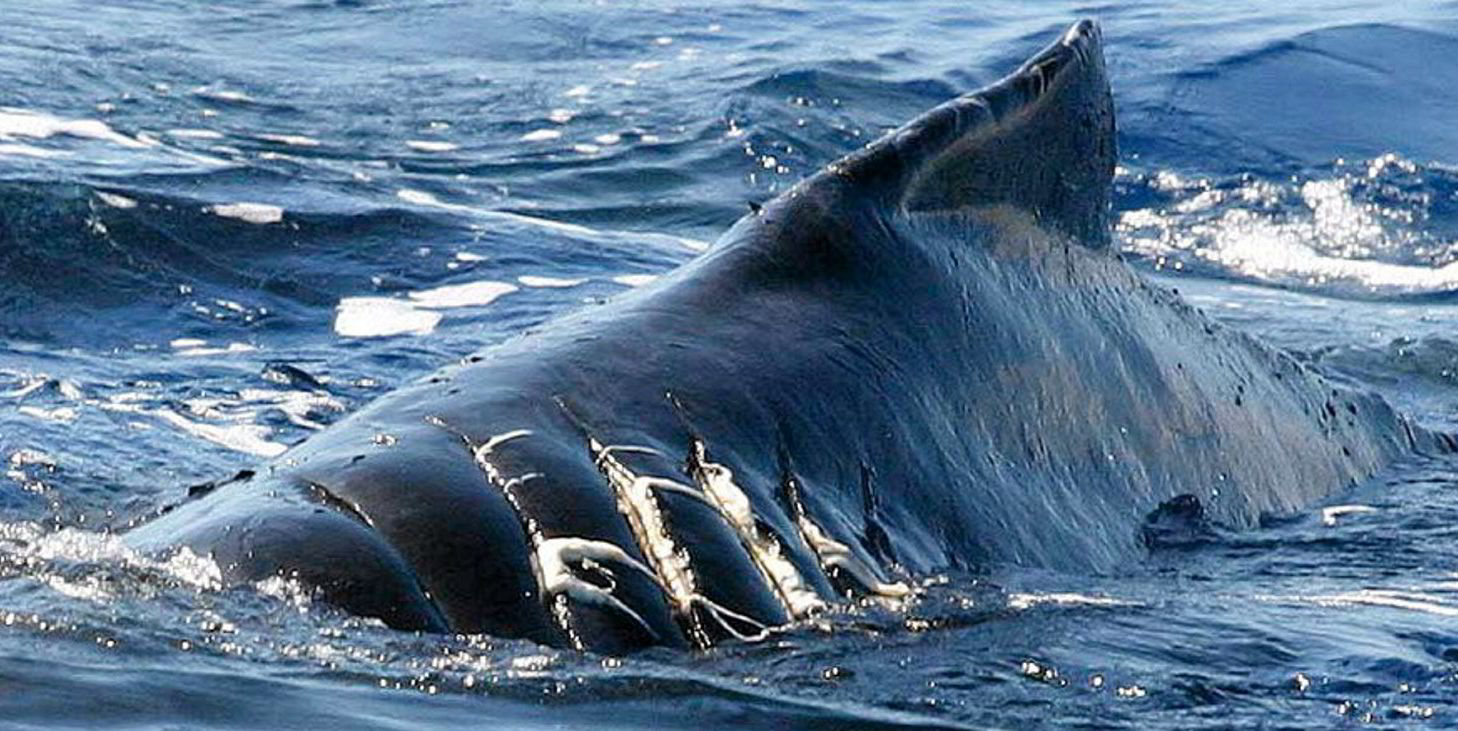The International Maritime Organization showed its commitment to the marine environment last week when it addressed the growing international problem of underwater noise pollution.
The organisation’s member states are pretty much in full agreement that this is a serious issue that needs to be addressed.
There is plenty of evidence that underwater noise pollution is impacting marine life, and it is clear that the current IMO guidelines, introduced in 2014, are inadequate.
The growing world fleet, and the larger size of ships and engines, is contributing to a 10-fold increase in noise pollution over the last 50 years.
Ship noise has been associated with whales losing orientation and washing up on beaches, and preventing marine life from finding food.
Delegates attending the IMO’s ship design and construction meeting agreed last week to come up with a plan on how the regulator should approach the problem by 2023.
A subcommittee has been tasked to produce a “review of the 2014 guidelines for the reduction of underwater noise from commercial shipping to address adverse impacts on marine life, especially marine mammals”.
But there are a few clear reasons why the IMO is going to find it difficult to commit the sort of resources that many feel the problem requires.
It does, after all, have bigger fish to fry with air pollution.
Priority on emissions
The regulator’s priority is clearly on reducing shipping’s greenhouse gas emissions, and that has also made its approach to tackling noise emissions much more complicated.
It will have to consider whether the technical requirements to suppress underwater noise will complement or conflict with its decarbonisation initiatives.
Measures like slow steaming to reduce noise pollution will also contribute toward reducing fuel consumption and carbon emissions too.
But, it is cavitation from propellers that is the main source of noise pollution — after engines, machinery and hydraulic flow over the hull — and will be the main focus of technical requirements.
If propulsion equipment has to be adjusted to reduce blade drag and cavitation, then that could also impact negatively on the fuel efficiency and emissions performance.
Ruled out
Diversion, another way of protecting marine life from noise, could also add to emissions.
A key element of the subcommittee’s work will be focused on the effect of noise suppression technology on upcoming decarbonisation regulations such as the Energy Efficiency Design Index and Carbon Intensity Indicator.
It seems likely that if potential technical solutions to noise pollution clash with the IMO’s environmental goals then they will be ruled out.
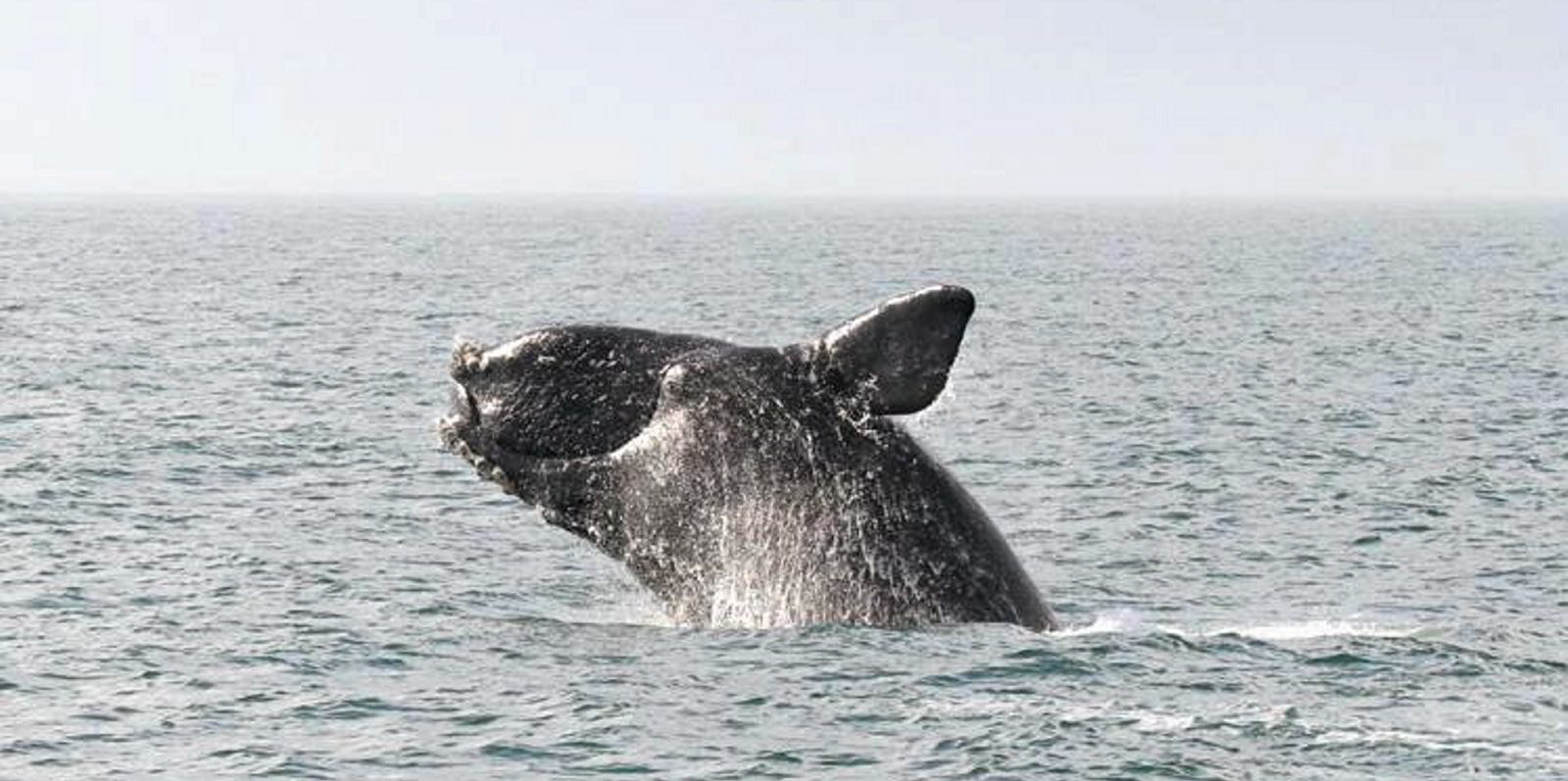
The starting point has to be coming up with a way of measuring noise pollution and assessing its impact on marine life.
The IMO admits that it has a serious “knowledge gap” which prevents it from setting standards for underwater noise. This can only be resolved through research to understand the problem better.
It has agreed the emphasis from now on should be on marine mammals, such as whales, dolphins and seals, which has at least narrowed the scope of the project to more manageable levels.
Because understanding the way shipping noise at different frequencies affects the huge variety of species of marine life — at different locations and at different depths — is an enormous task that requires a huge amount of time and investigation.
It may well be that regional regulation — requiring ships to adopt slow steaming, or noise abatement measures in specified sea areas — to protect the marine life most affected by noise, is a more realistic and effective way forward.
That might work in a similar way to emission control areas under the Marpol Annex VI convention, which applies tougher sulphur oxide and nitrogen oxide emissions regulations to designated sea areas.
Protecting the marine environment from noise pollution is a hugely complex issue that, at the IMO’s usual rate of progress, is unlikely to find a resolution any time soon.
